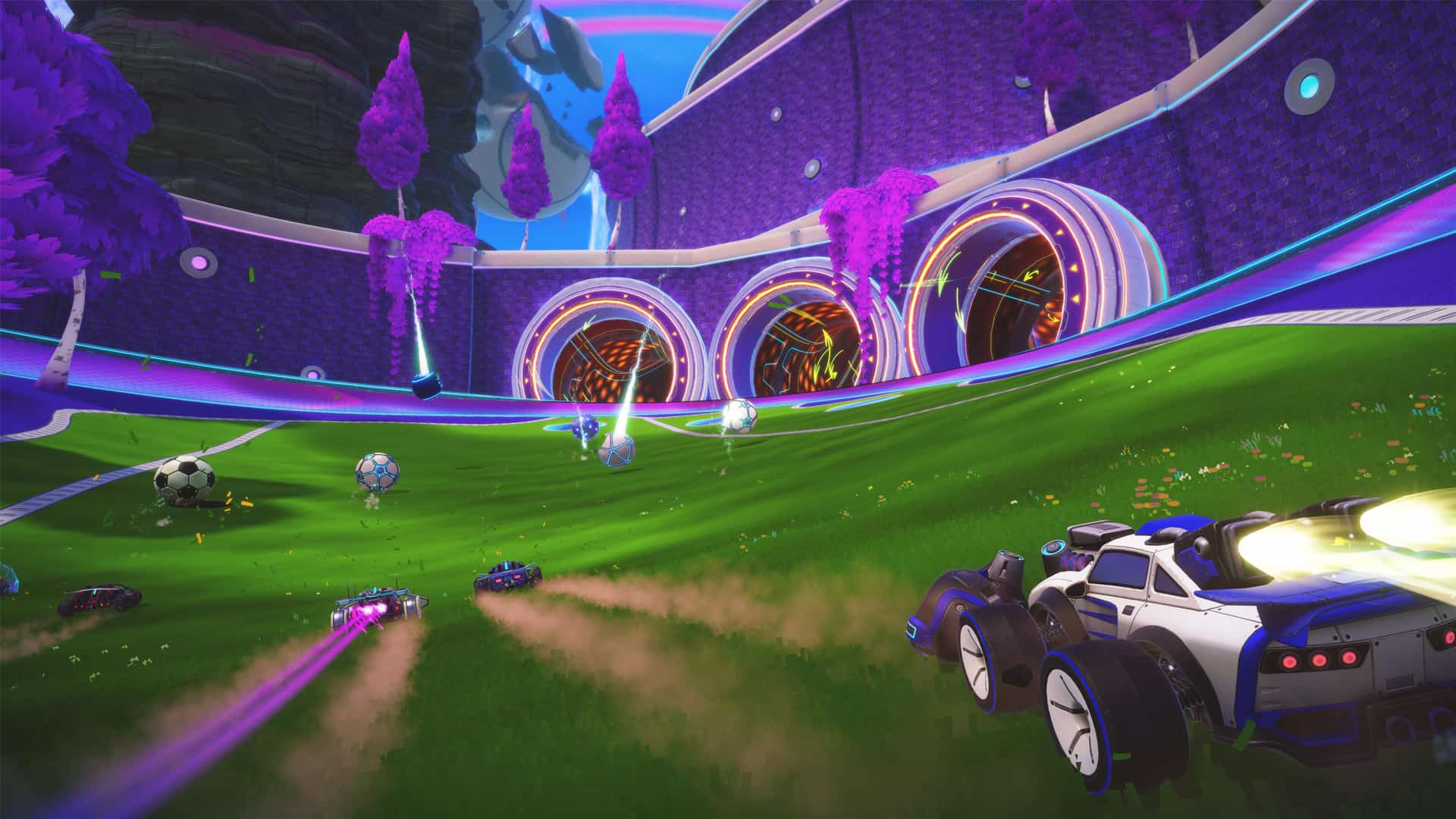Phase Progression
No run on Overdrive Cradle starts smooth. You spawn mid-throttle—momentum misaligned, sensors scrambling, and systems lagging from the moment you cross the start gate. The circuit doesn’t recognize your ID, doesn’t care how many laps you’ve logged. It reacts to one thing: your ability to adapt under pressure. And then comes the grind—every corner, ramp, and loop turning into a test encoded by chaos and calibrated for collapse. First comes initialization—wheels misaligned, UI flickering, traction unreliable. You’re guided only by scrambled telemetry and the voice of a support system that may already be compromised. Then the overdrive phase hits: glitched opponents, trap-triggered hazards, feedback zones where boost turns toxic and shortcuts mislead. You don’t adapt? You don’t finish. Victory here isn’t found at the finish line—it’s carved out of near-crashes, blown turns, and moments where instinct overrules panic. The further you go, the more the circuit tightens. AI racers learn your patterns. Environmental shifts come faster. Delay becomes deletion. There are no respites. No downtime. No mercy laps. Mastery isn’t earned by coasting—it’s earned by skidding into failure and re-entering the zone sharper, more ruthless, more dialed-in than before. You will wipe out. You will question your timing. But if you return recalibrated—handling optimized, path memorized, nerves reset—then and only then will the system respond with respect. This isn’t a race for glory. This is survival at 400 kph, in a world tuned to break you—over, and over, and over again.
Enter the Circuit’s Blackline